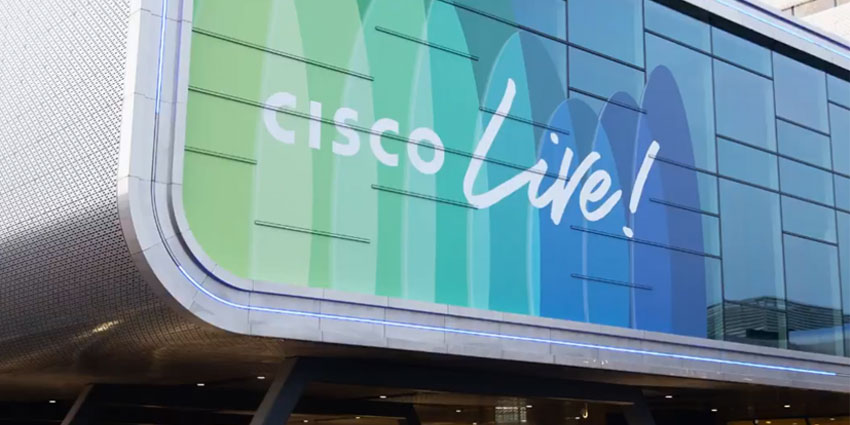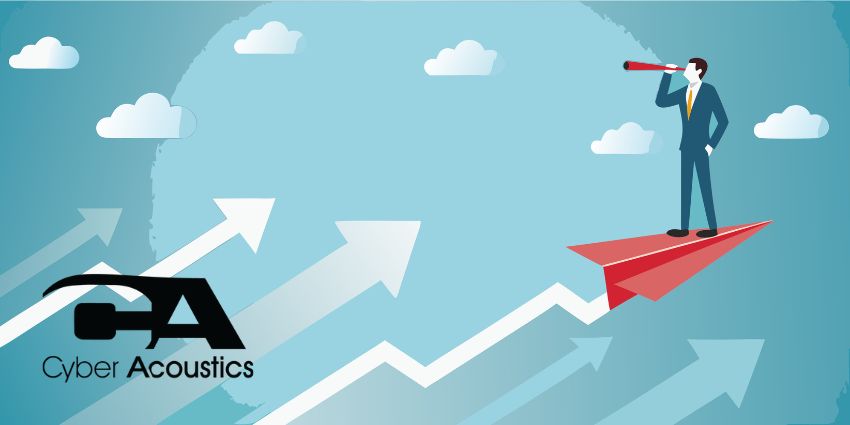Cisco’s AI Assistant is now generally available on the Webex Contact Center.
Announced at Cisco Live 2025 EMEA, the AI Assistant will support contact center agents and supervisors as they perform various tasks on the platform.
Sharing more in a company blog post, Jay Patel, SVP & GM of Cisco Webex, said:
The Cisco AI Assistant for Webex Contact Center presents agents/supervisors with AI-powered assistance, offering automated guidance, context, insights, and summaries to optimize customer interactions.
Those agent capabilities include: Transfer Context Summaries, Dropped Call Summaries, and Agent Wellbeing (a burnout detection tool).
The Transfer Context Summaries feature ensures that when a customer escalates from an AI agent or IVR, the AI Assistant provides live agents with a summary of the key talking points so far.
As such, the live agent can move the contact forward from where it broke down, with full contextual awareness, so the customer doesn’t have to repeat themselves.
Despite all the steps forward in AI and omnichannel, that repetition remains a massive customer gripe.
Yet, while many of Cisco’s CCaaS rivals offer similar solutions, the AI Assistant’s Dropped Call Summaries feature is perhaps more differentiative.
With this, the contact center records a real-time interaction summary, so – if the customer disconnects – the AI Assistant can pass the context of that broken conversation to the next agent who communicates with the customer.
Finally, there’s Agent Wellbeing, a feature where the AI Assistant isolates burnout indicators in real time, triggering proactive actions like schedule changes and automatic breaks.
Next quarter, Cisco will add to these with suggested customer responses, wrap-up summaries, and real-time transcription for agents.
Yet, let’s not skip past the AI Assistant use cases for supervisors…
How Will the AI Assistant Support Contact Center Supervisors?
Supervisor use cases for the AI Assist include: Topic Analytics and Automatic CSAT Scoring.
Topic Analytics helps to break down customer intent in real time and enables proactive actions. For instance, it could help supervisors share relevant training materials and FAQs with the team, allowing them to overcome the emerging contact reason.
Meanwhile, Automatic CSAT Scoring is a predictive metric. It analyzes all interactions to forecast the score each customer would have left if they’d filled in a post-contact customer satisfaction survey. That helps gain a broader view of live and AI agent performance while tackling low survey rates.
An Overarching Vision for the AI Assistant
The Cisco AI Assistant is not pegged to the Webex Contact Center. It supports users across several of the tech giant’s applications.
Now, Cisco is building these apps onto a centralized platform. That includes its networking, security, observability, and collaboration solutions – with the Webex Contact Center being one of the latter.
With this cohesive platform, Cisco aims to support its multi-product customers in connecting data and insights across their entire infrastructure, delivering more powerful capabilities.
“This ties into the original vision for our AI assistant,” said Anurag Dhingra, SVP & GM of Enterprise Connectivity and Collaboration, at the tech giant’s event in Amsterdam.
It’s not just about having a consistent UI to do AI; it’s about enabling policy setting and troubleshooting with richer, correlated datasets.
With the AI Assistant sharing data between these solutions, Cisco may soon empower customer service and other enterprise teams with more critical insights.
The Webex AI Agent Is Now Part of Cisco’s CCaaS Platform
Alongside the AI Assistant, Cisco also announced that it has natively integrated the Webex AI Agent with its CCaaS platform. As Patel noted:
Webex AI Agent is natively integrated with Webex Contact Center today and will be available for integration with third-party contact centers later this year.
The Webex AI Agent advances on conventional decision-tree-based virtual agents by running through various knowledge sources and responding autonomously to customer queries.
Cisco pledges that businesses can create an AI Agent “in a matter of minutes”.
Yet, more structured workflows are also available, so contact centers can better balance generative- and rule-based resolution journeys.
Moreover, Cisco offers a modular approach to its AI Agent. As such, brands can clearly define the queries they’d like the AI Agent to respond to. If the customer asks something else, it escalates them to a live agent.
For the queries the business would like the AI Agent to respond to, users can leverage their preferred AI model and establish “appropriate guardrails” for security.
At launch, Cisco will make the solution only available in English. However, Dutch, French, German, Italian, Polish, Portuguese, Spanish, and Swedish will come later this year.
A Word of Support for Cisco’s On-Premise Install Base
Cisco isn’t only a prominent CCaaS provider; it’s also a leader in on-premise contact centers.
Some legacy providers have stopped developing these solutions in a bid to encourage more organizations to embrace the cloud.
However, Cisco continues to support these customers, wrapping its Unified Contact Center Enterprise (UCCE) solution with new microservices that help businesses innovate while keeping core data sets on-premise.
Now, the tech giant has added to these microservices, as Patel wrote:
I’m excited to announce that our upcoming CCE 15 release offers additional digital capabilities, scalability improvements, and security and accessibility enhancements.
In addition, these customers may utilize the Webex AI Assistant and Agent as part of a Cisco trial to ensure its large on-premise install base doesn’t miss out on the latest AI advancements.
More Announcements from Cisco Live 2025 EMEA
Elsewhere at Cisco Live, Jeetu Patel, EVP & Chief Product Officer at Cisco, launched Cisco Smart Switches, which he described as “one of our most groundbreaking innovations”.
With built-in Data Processing Units (DPUs), the switches help offload networking, storage, and security workloads from the CPU.
Additionally, they allow Cisco HyperShield to enforce security policies directly on the network fabric, enabling a “fully distributed security model”.
The switches come in two classes: Cloud On-Ramp Switches and Top-of-Rack Switches. Both are based on Silicon One technology and developed in collaboration with AMD.
Patel also announced Cisco’s Enhanced Cloud Protection Suite and a new NVIDIA-based GPU server.
However, even before he hit the stage, Cisco made headlines for launching an agentic AI partnership with Mistral AI, which will enable the development of several new AI agents.
In announcing the collaboration, the brands released their first AI Agent: the AI Renewals Agent. This accelerates renewal processes by analyzing data from numerous sources to create tailored proposals linked to customer outcomes.
The development of these AI Agents represents a significant step in the future of enterprise technology, which Cisco has underscored many times in recent months.
Indeed, at December’s AWS re:Invent, a senior Cisco exec introduced the vendor’s vision for an “Internet of Agents” – which may be a critical concept to look out for in the coming months.







